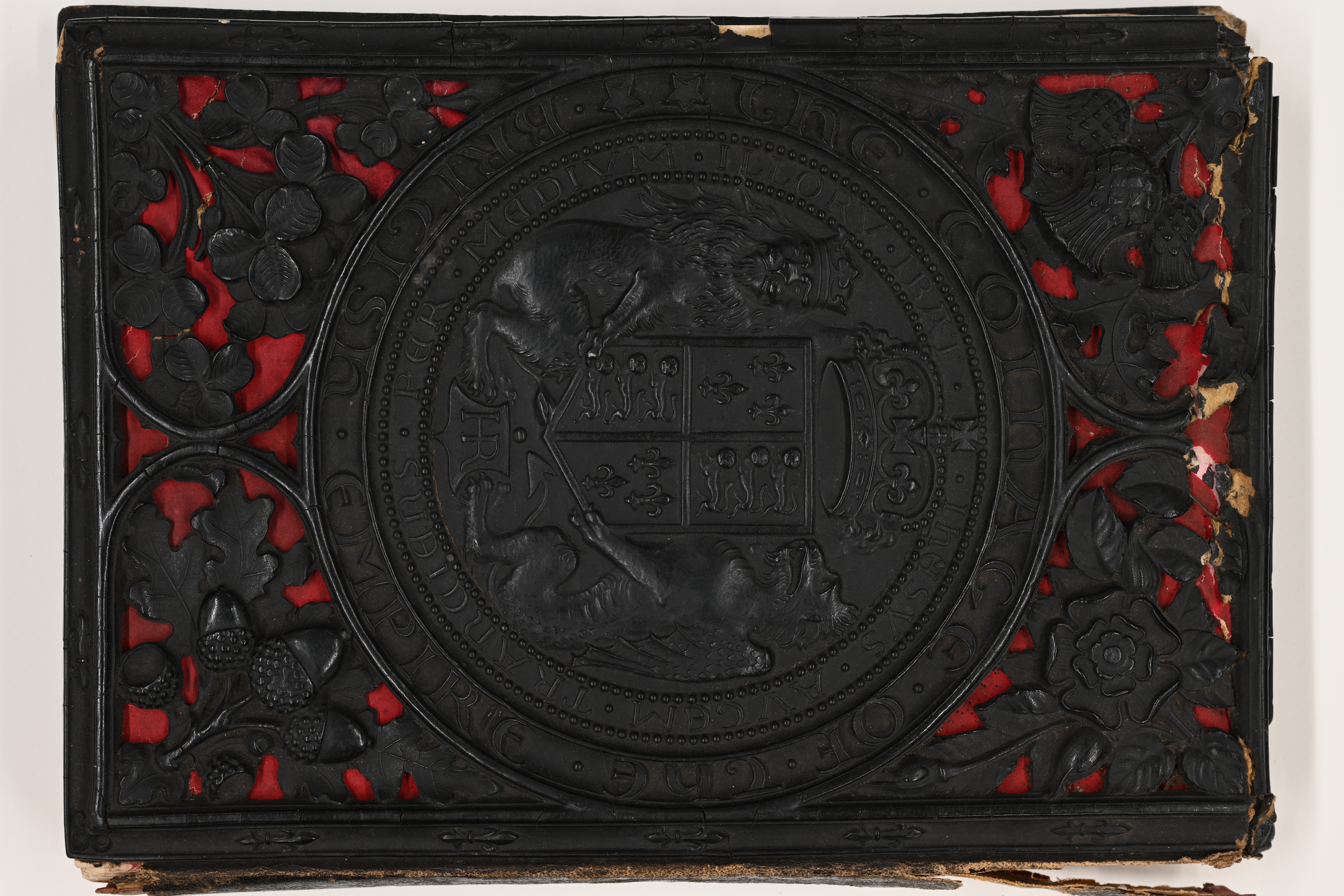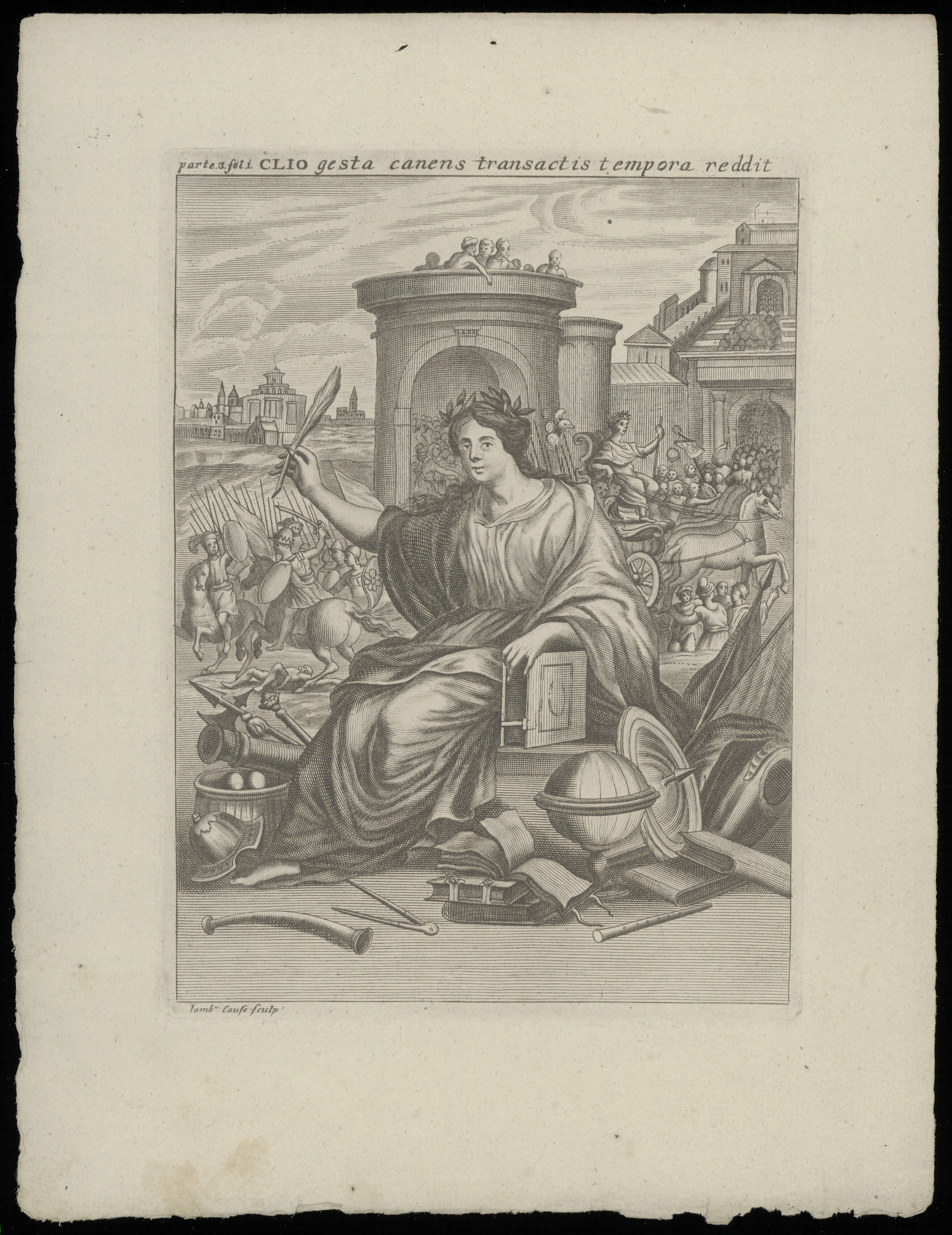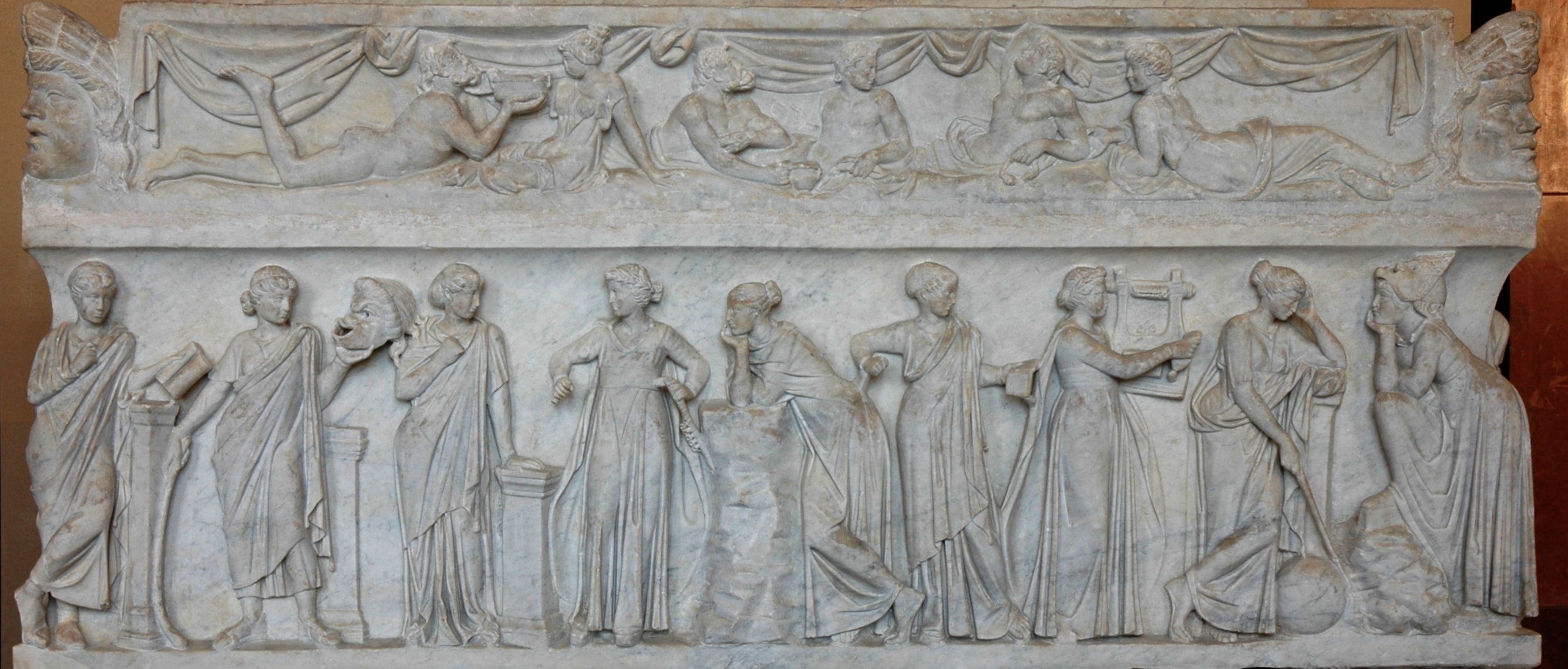|
Quintus Pomponius Musa
Quintus Pomponius Musa was a magistrate, moneyer and banker during the Republican Period in Rome, around 66 BC. He was a member of the Pomponia gens. According to the National Museum of Scotland, moneyers commissioned designs, which often referred to famous ancestors, associations to favourite cults, or, as here, puns on their names. Musa created ten coin designs: one design for each of the nine Muses, a play on Musa's name; and one coin featuring the image of Hercules with the inscription ''HERCULES MUSARUM'' (Hercules of the Muses). All ten designs depict the specific muse on the reverse, while featuring the image of Apollo on the obverse; Apollo presided over the Muses. When Hercules is represented, he is called ''Hercules Musarum'', or ''Musageta'', that is, "The leader of the Muses." He was known by this name in Greece, and later in Rome, when his statue and those of the nine Muses were brought from Greece, and the temple erected there for their reception. On other coins of ... [...More Info...] [...Related Items...] OR: [Wikipedia] [Google] [Baidu] |
Apollo
Apollo, grc, Ἀπόλλωνος, Apóllōnos, label=genitive , ; , grc-dor, Ἀπέλλων, Apéllōn, ; grc, Ἀπείλων, Apeílōn, label=Arcadocypriot Greek, ; grc-aeo, Ἄπλουν, Áploun, la, Apollō, la, Apollinis, label=genitive, , ; , is one of the Olympian deities in classical Greek and Roman religion and Greek and Roman mythology. The national divinity of the Greeks, Apollo has been recognized as a god of archery, music and dance, truth and prophecy, healing and diseases, the Sun and light, poetry, and more. One of the most important and complex of the Greek gods, he is the son of Zeus and Leto, and the twin brother of Artemis, goddess of the hunt. Seen as the most beautiful god and the ideal of the ''kouros'' (ephebe, or a beardless, athletic youth), Apollo is considered to be the most Greek of all the gods. Apollo is known in Greek-influenced Etruscan mythology as ''Apulu''. As the patron deity of Delphi (''Apollo Pythios''), Apollo is an oracul ... [...More Info...] [...Related Items...] OR: [Wikipedia] [Google] [Baidu] |
Urania
Urania ( ; grc, , Ouranía; modern Greek shortened name ''Ránia''; meaning "heavenly" or "of heaven") was, in Greek mythology, the muse of astronomy, and in later times, of Christian poetry. Urania is the goddess of astronomy and stars, her attributes being the globe and compass. The muse ''Urania'' is sometimes confounded with ''Aphrodite Urania'' ("heavenly Aphrodite") because of their similar name. Family Urania was the daughter of Zeus by Mnemosyne and also a great granddaughter of Uranus. Some accounts list her as the mother of the musician Linus by Apollo or Hermes or Amphimarus, son of Poseidon. Hymenaeus is also said to have been a son of Urania. Function and representation Urania is often associated with Universal Love. Sometimes identified as the eldest of the divine sisters, Urania inherited Zeus' majesty and power and the beauty and grace of her mother Mnemosyne. Urania dresses in a cloak embroidered with stars and keeps her eyes and attention focused ... [...More Info...] [...Related Items...] OR: [Wikipedia] [Google] [Baidu] |
Henry Noel Humphreys
Henry Noel Humphreys (1810–1879), Humphreys, Henry Noel, in Dictionary of National Biography, 1885-1900, Volume 28. was a British illustrator, naturalist, entomologist, and numismatist. Humphreys was born on 4 January 1810 in Birmingham, the son of James Humphreys, and was educated at King Edward's School there. He studied medieval manuscripts in Italy as a young man, and became an accomplished scholar in numerous subjects. In addition to his entomological texts, Humphreys wrote works on ancient Greek and Roman coins, archaeology, and the art of writing and printing. He died on 10 June 1879. Works *''A Record of the Black Prince.'' A Series of original passages from the chroniclers relating to the career and exploits of Edward the Black Prince; enriched with highly-wrought illuminations from different Manuscripts referring to the history of the period. In a carved and pierced binding. London: Longman and Co, 1850. *''British Moths and Their Transformations''. With John Ob ... [...More Info...] [...Related Items...] OR: [Wikipedia] [Google] [Baidu] |
Muse Polyhymnia, Denarius, 56 B
In ancient Greek religion and mythology, the Muses ( grc, Μοῦσαι, Moûsai, el, Μούσες, Múses) are the inspirational goddesses of literature, science, and the arts. They were considered the source of the knowledge embodied in the poetry, lyric songs, and myths that were related orally for centuries in ancient Greek culture. Melete, Aoede, and Mneme are the original Boeotian Muses, and Calliope, Clio, Erato, Euterpe, Melpomene, Polyhymnia, Terpsichore, Thalia, and Urania are the nine Olympian Muses. In modern figurative usage, a Muse may be a source of artistic inspiration. Etymology The word ''Muses'' ( grc, Μοῦσαι, Moûsai) perhaps came from the o-grade of the Proto-Indo-European root (the basic meaning of which is 'put in mind' in verb formations with transitive function and 'have in mind' in those with intransitive function), or from root ('to tower, mountain') since all the most important cult-centres of the Muses were on mountains or ... [...More Info...] [...Related Items...] OR: [Wikipedia] [Google] [Baidu] |
Muse Urania, Denarius, 56 B
In ancient Greek religion and mythology, the Muses ( grc, Μοῦσαι, Moûsai, el, Μούσες, Múses) are the inspirational goddesses of literature, science, and the arts. They were considered the source of the knowledge embodied in the poetry, lyric songs, and myths that were related orally for centuries in ancient Greek culture. Melete, Aoede, and Mneme are the original Boeotian Muses, and Calliope, Clio, Erato, Euterpe, Melpomene, Polyhymnia, Terpsichore, Thalia, and Urania are the nine Olympian Muses. In modern figurative usage, a Muse may be a source of artistic inspiration. Etymology The word ''Muses'' ( grc, Μοῦσαι, Moûsai) perhaps came from the o-grade of the Proto-Indo-European root (the basic meaning of which is 'put in mind' in verb formations with transitive function and 'have in mind' in those with intransitive function), or from root ('to tower, mountain') since all the most important cult-centres of the Muses were on mountains or ... [...More Info...] [...Related Items...] OR: [Wikipedia] [Google] [Baidu] |
Muse Calliope, Denarius, 56 B
In ancient Greek religion and mythology, the Muses ( grc, Μοῦσαι, Moûsai, el, Μούσες, Múses) are the inspirational goddesses of literature, science, and the arts. They were considered the source of the knowledge embodied in the poetry, lyric songs, and myths that were related orally for centuries in ancient Greek culture. Melete, Aoede, and Mneme are the original Boeotian Muses, and Calliope, Clio, Erato, Euterpe, Melpomene, Polyhymnia, Terpsichore, Thalia, and Urania are the nine Olympian Muses. In modern figurative usage, a Muse may be a source of artistic inspiration. Etymology The word ''Muses'' ( grc, Μοῦσαι, Moûsai) perhaps came from the o-grade of the Proto-Indo-European root (the basic meaning of which is 'put in mind' in verb formations with transitive function and 'have in mind' in those with intransitive function), or from root ('to tower, mountain') since all the most important cult-centres of the Muses were on mountains or ... [...More Info...] [...Related Items...] OR: [Wikipedia] [Google] [Baidu] |
Muse Thalia, Denarius, 56 B
In ancient Greek religion and mythology, the Muses ( grc, Μοῦσαι, Moûsai, el, Μούσες, Múses) are the inspirational goddesses of literature, science, and the arts. They were considered the source of the knowledge embodied in the poetry, lyric songs, and myths that were related orally for centuries in ancient Greek culture. Melete, Aoede, and Mneme are the original Boeotian Muses, and Calliope, Clio, Erato, Euterpe, Melpomene, Polyhymnia, Terpsichore, Thalia, and Urania are the nine Olympian Muses. In modern figurative usage, a Muse may be a source of artistic inspiration. Etymology The word ''Muses'' ( grc, Μοῦσαι, Moûsai) perhaps came from the o-grade of the Proto-Indo-European root (the basic meaning of which is 'put in mind' in verb formations with transitive function and 'have in mind' in those with intransitive function), or from root ('to tower, mountain') since all the most important cult-centres of the Muses were on mountains or ... [...More Info...] [...Related Items...] OR: [Wikipedia] [Google] [Baidu] |
Muse Melpomene, Denarius, 56 B
In ancient Greek religion and mythology, the Muses ( grc, Μοῦσαι, Moûsai, el, Μούσες, Múses) are the inspirational goddesses of literature, science, and the arts. They were considered the source of the knowledge embodied in the poetry, lyric songs, and myths that were related orally for centuries in ancient Greek culture. Melete, Aoede, and Mneme are the original Boeotian Muses, and Calliope, Clio, Erato, Euterpe, Melpomene, Polyhymnia, Terpsichore, Thalia, and Urania are the nine Olympian Muses. In modern figurative usage, a Muse may be a source of artistic inspiration. Etymology The word ''Muses'' ( grc, Μοῦσαι, Moûsai) perhaps came from the o-grade of the Proto-Indo-European root (the basic meaning of which is 'put in mind' in verb formations with transitive function and 'have in mind' in those with intransitive function), or from root ('to tower, mountain') since all the most important cult-centres of the Muses were on mountains or ... [...More Info...] [...Related Items...] OR: [Wikipedia] [Google] [Baidu] |
Hercules Musagetes, Denarius, 56 B
Hercules (, ) is the Roman equivalent of the Greek divine hero Heracles, son of Jupiter and the mortal Alcmena. In classical mythology, Hercules is famous for his strength and for his numerous far-ranging adventures. The Romans adapted the Greek hero's iconography and myths for their literature and art under the name ''Hercules''. In later Western art and literature and in popular culture, ''Hercules'' is more commonly used than ''Heracles'' as the name of the hero. Hercules is a multifaceted figure with contradictory characteristics, which enabled later artists and writers to pick and choose how to represent him. This article provides an introduction to representations of Hercules in the later tradition. Mythology Birth and early life In Roman mythology, although Hercules was seen as the champion of the weak and a great protector, his personal problems started at birth. Juno sent two witches to prevent the birth, but they were tricked by one of Alcmene's servants a ... [...More Info...] [...Related Items...] OR: [Wikipedia] [Google] [Baidu] |









